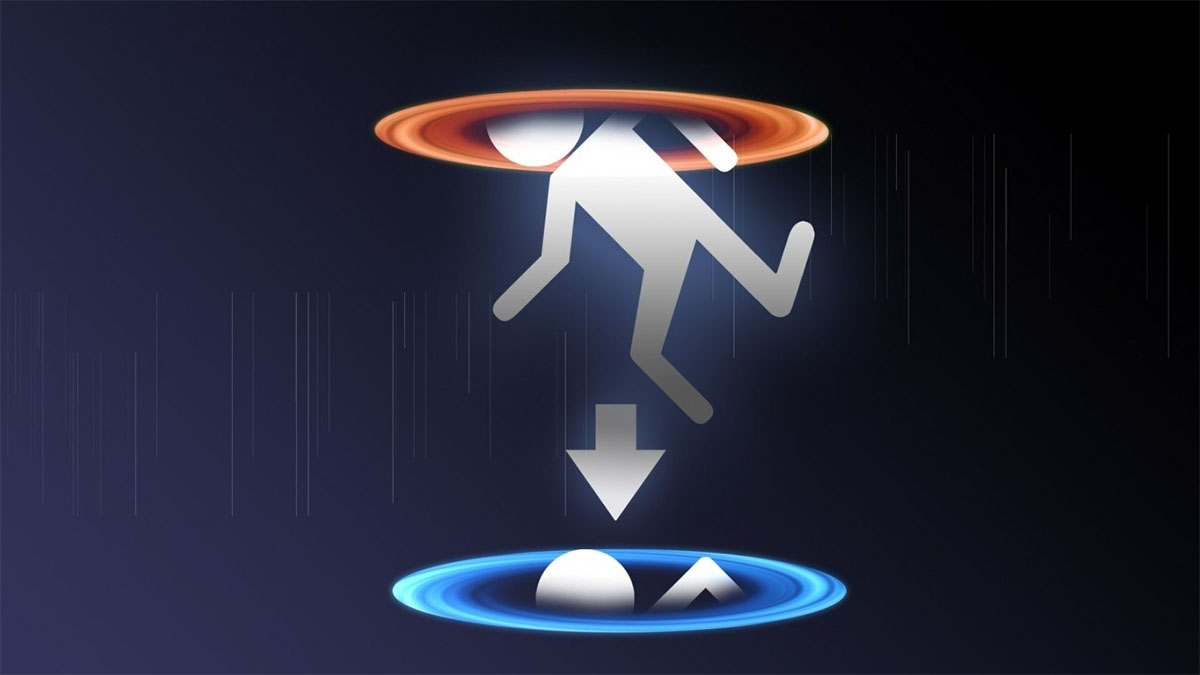the paradox of the black hole information paradox

Imagine a problem with seemingly countless solutions, a paradox that’s paradoxically solved by completely unrelated mechanisms some of which violate the rules of physics as we know them, while others raise more questions than they provide answers. That paradox is what happens to an object unfortunate enough to fall into a black hole. Last time we talked about this puzzle, we reviewed why the very concept of something falling into a black hole is an insanely complicated problem which plays havoc with what we think we know about quantum mechanics. Currently, a leading theory posits that tiny wormholes allow for the scrambled particles of the doomed object to maintain some sort of presence in this universe without violating the laws of physics. But not content with someone else theories, and knowing full well that his last finding about black holes made them necessary in the first place, as explained by the linked post, Stephen Hawking now claims to have found a new solution to the paradox and will be publishing a paper shortly.
While we don’t know the exact wording of the paper, we know enough about his solution to say that he has not really found a satisfactory answer to the paradox. Why? His answer rests on an extremely hard to test notion that objects falling to a black hole are smeared across the edge of the event horizon and emit just enough photons for us to reconstruct holographic projections of what it once was. Unfortunately, it would be more scrambled than the Playboy channel on really old TVs, so anyone trying to figure out what the object was probably won’t be able to do it. But it will be something as least, which is all that thermodynamics needs to balance out the equations and make it seem that the paradox has been solved. Except it really hasn’t because we haven’t the slightest idea of how to test this hypothesis. It still violates monogamous entanglement, and because the photons we’re supposed to see are meant to be scrambled into unidentifiable flash of high speed, high energy particles, good luck proving the original source of the information.
Unless we physically travel to a black hole and dropping a powerful probe into it, we would only have guesses and complex equations we couldn’t rule out with practical observations. Sadly, a probe launched today would take 55.3 million years to get to the nearest one, which means any practical experiments are absolutely out of the question. Creating micro black holes as both an experiment for laboratory study and a potential relativistic power source, would take energy we can’t really generate right now, rendering experiments in controlled conditions impossible for a long time. And that means we’re very unlikely to be closer to solving the black hole information paradox for the foreseeable future unless by some lucky coincidence we’ll see something out in deep space able to shed light on the fate of whatever falls into a black hole’s physics-shattering maw, regardless of what the papers tell you or the stature of the scientist making the claim…





